The harvest of this year's cherimoya campaign started about three weeks ago in the province of Granada, with some advance compared to previous years due to the heat. "Normally, the peak in the production is reached at the end of September/beginning of October, but we are already there. And since this is the part of the campaign with more kilos, it is also the time with the lowest prices," explains Emilio Tejerina, from Frutas Tejerina.
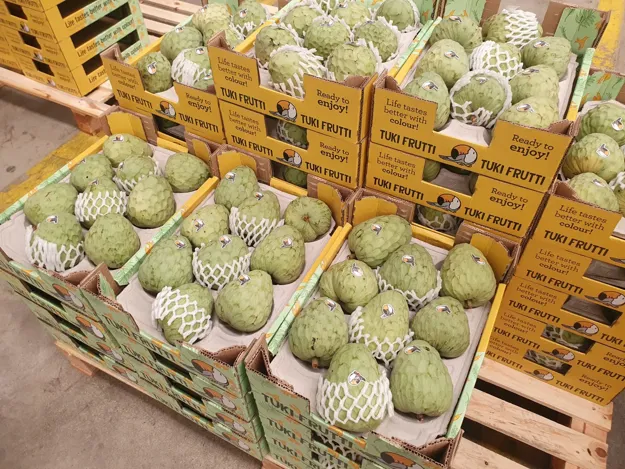
"Depending on the quality, prices at origin range between 80 and 90 cents per kilo; a price well below that of previous years. The average at the peak of the campaign has been about 40 cents lower on average for the producers, so this year has so far been quite bad and it may even become impossible for the growers to cover their expenses."
"However, we are still at the beginning and the cherimoya season is very long. Unlike other tropical fruits, crop management allows us to produce cherimoyas practically from September to May, and the campaign's final averages are usually very interesting for producers."
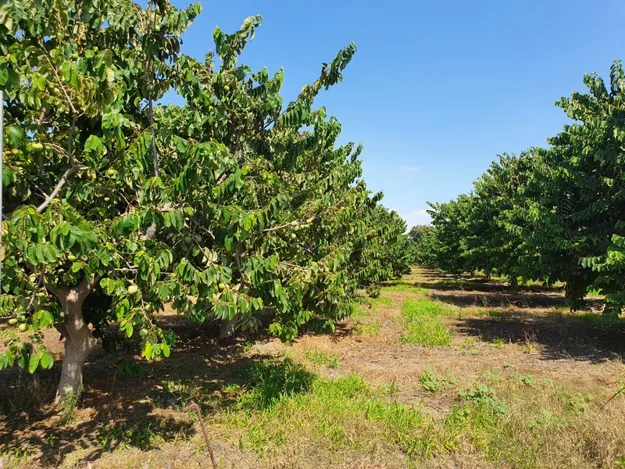
"The cherimoya market is highly differentiated from those of other tropical fruits, so there is no direct competition with mangoes, for example, and there's also no competition from other countries." In fact, Andalusia, and specifically Granada, which accounts for 96% of the total acreage, produces pretty much all the cherimoyas, not only in Spain (99%), but also in the world. "The product's demand has not been increasing exponentially, like that of avocados, but we see a bit more every year across Europe, especially in Germany and France. This is making it possible to diversify sales, unlike in the past, when the fruit only reached the domestic market and prices would collapse," recalls Emilio.
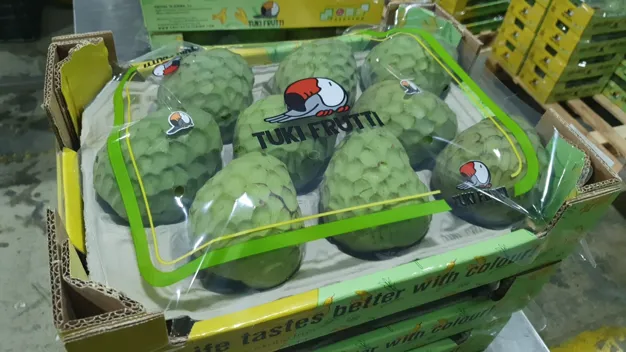
"We at Frutas Tejerina market our cherimoyas both in Spain and in Europe, through wholesalers and also supermarket chains such as the American Costco, where we sell cherimoyas under our brand Tuki Frutti. However, we are not working only with cherimoyas. We market a wide range of products grown on the Tropical Coast of Granada and in Almeria, both vegetables and other tropical products, including avocado, mango, loquat, passion fruit or pitahaya, as well as Granada's potato, the earliest in Europe, which we supply to our customers in mixed orders."
"When the Spanish season ends, there is a two-month gap that could be filled with imported fruit."
As revealed by data from the Prices and Markets Observatory of the Government of Andalusia, in recent years, the cherimoya acreage and production have remained very stable in Granada, which alone leads an exclusive market in the European Union.
"Cherimoyas are also produced in South America; in Peru and also in Brazil, although they are not growing the same varieties as in Spain," said Emilio, recalling that Granada produces mostly the Fino de Jete, and that the sector was awarded the Protected Designation of Origin Chirimoya de la Costa Tropical de Granada-Malaga. "I have heard that there are companies that have tried to market cherimoyas from Latin America in the off-season. That is very interesting, because when the Spanish season ends, there is a gap of about two months that could be filled with imported fruit and consumption could be maintained throughout the year."
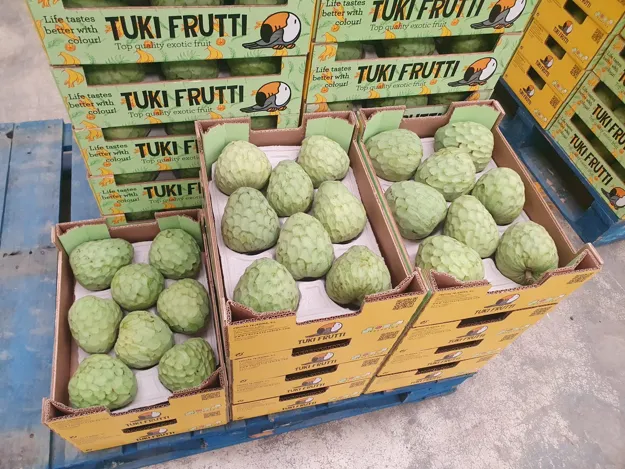
"However, the cherimoyas would need to be shipped by plane and the price of the fruit would go up, making it less attractive at a time when there is a large supply of other fruits from the summer season. We are seeing it even during our own season; when cherimoya prices reach 3 Euro per kilo, not all customers continue to sell it."
"That is why what we are trying to do in Granada is to extend the campaign as much as possible, so that each year there is a smaller gap and we can offer the market a local product that pollutes less and is also more affordable." We cannot forget that in Europe in general there has been a decline in consumption, which has been worsened by inflation, and despite the fact that the European Central Bank has raised the interest rates and increased the price of the Euro for the tenth consecutive month in its battle against inflation, the latest projections from ECB experts for the Eurozone point to a higher value in 2023 and even 2024. "Everything is very expensive, and the consumer feels it when buying fruit and vegetables. If we don't make them affordable, there could be stagnation in the consumption of certain products."
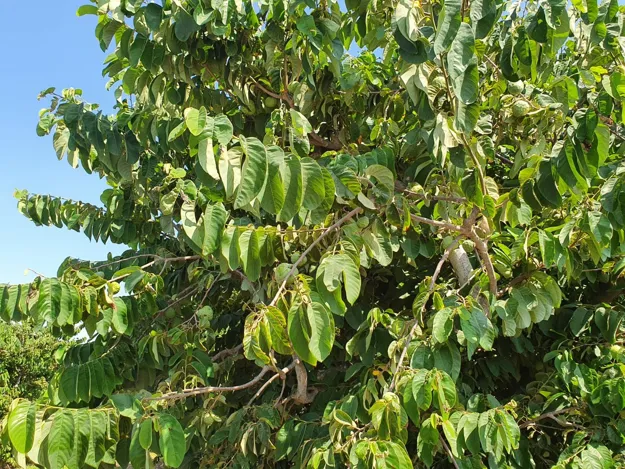
 For more information:
For more information:
Frutas Tejerina
C/ Cantarranas 4, 14613 El Varadero, Motril
Granada, Spain
Tel.: +34 958 605 150
frutastejerina@frutastejerina.com
https://frutastejerina.com/
